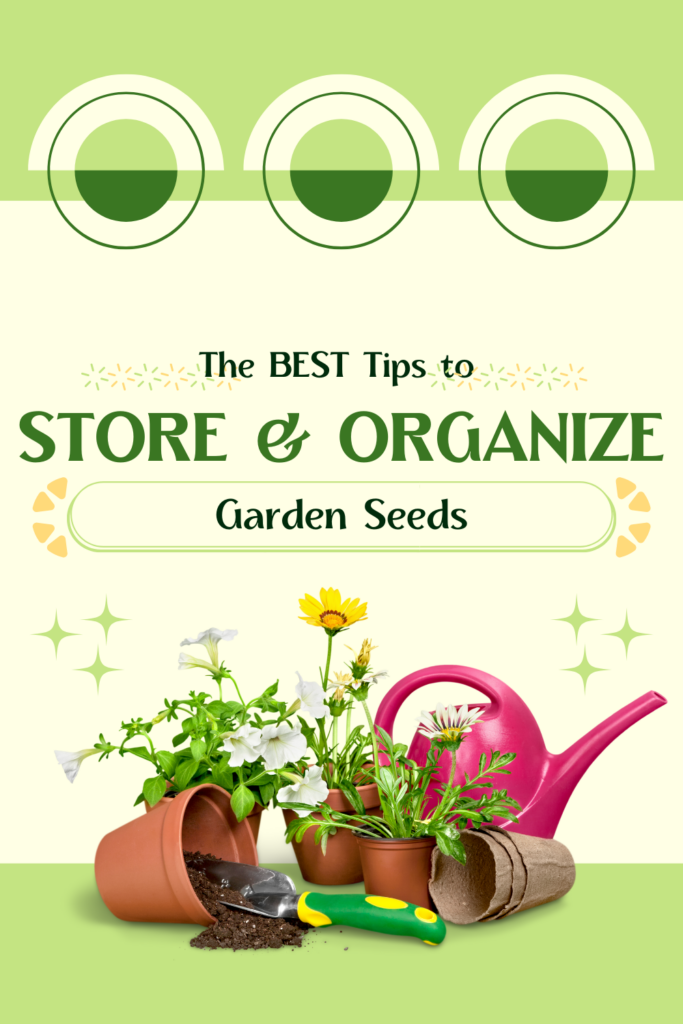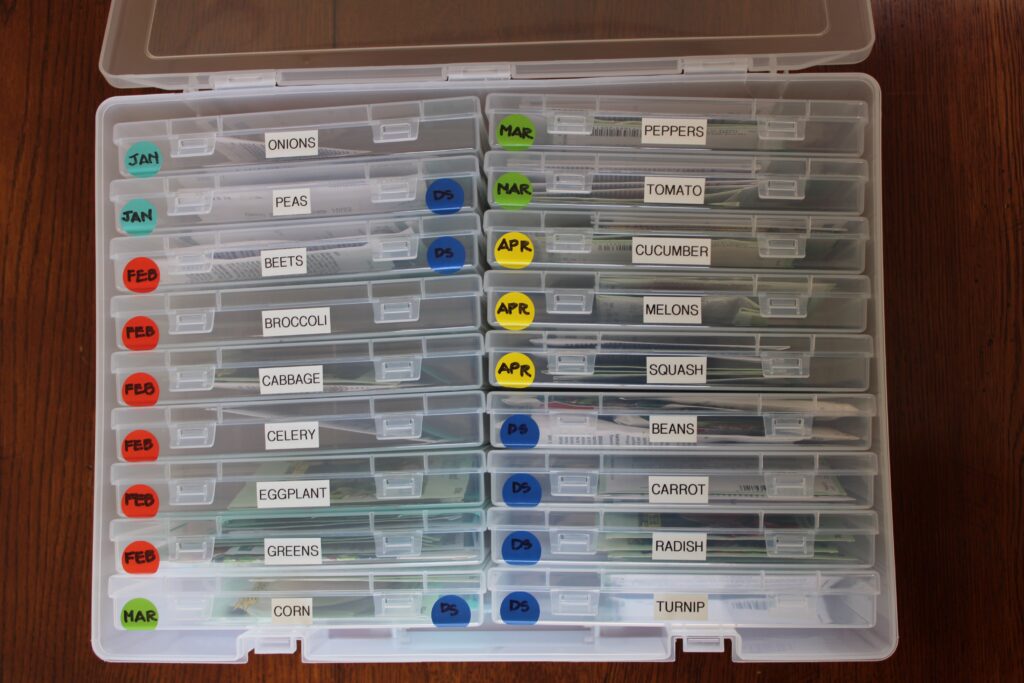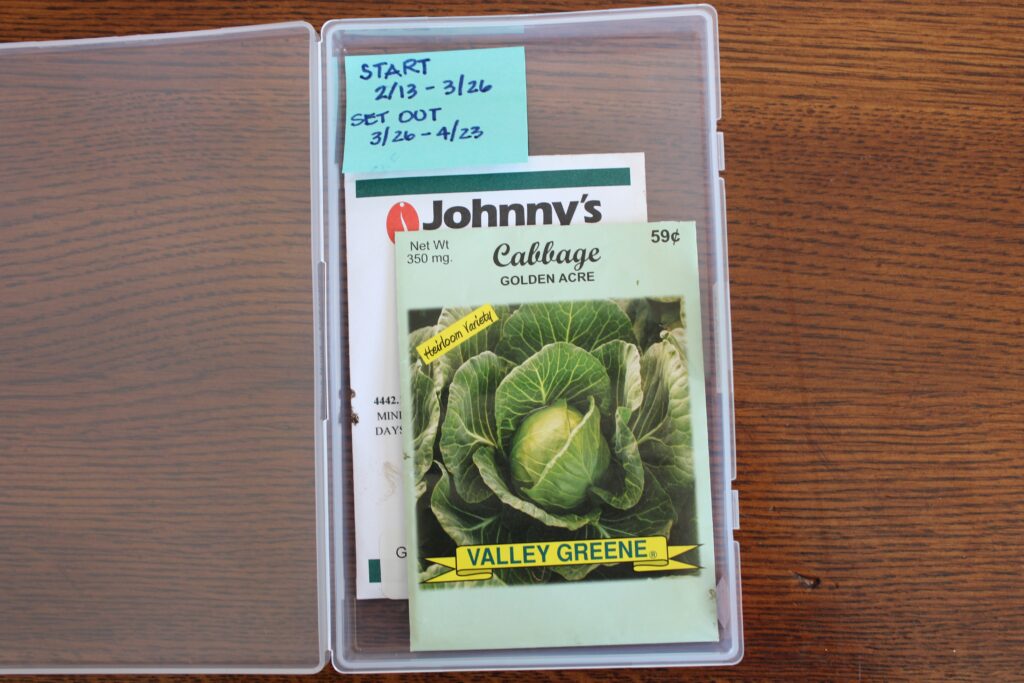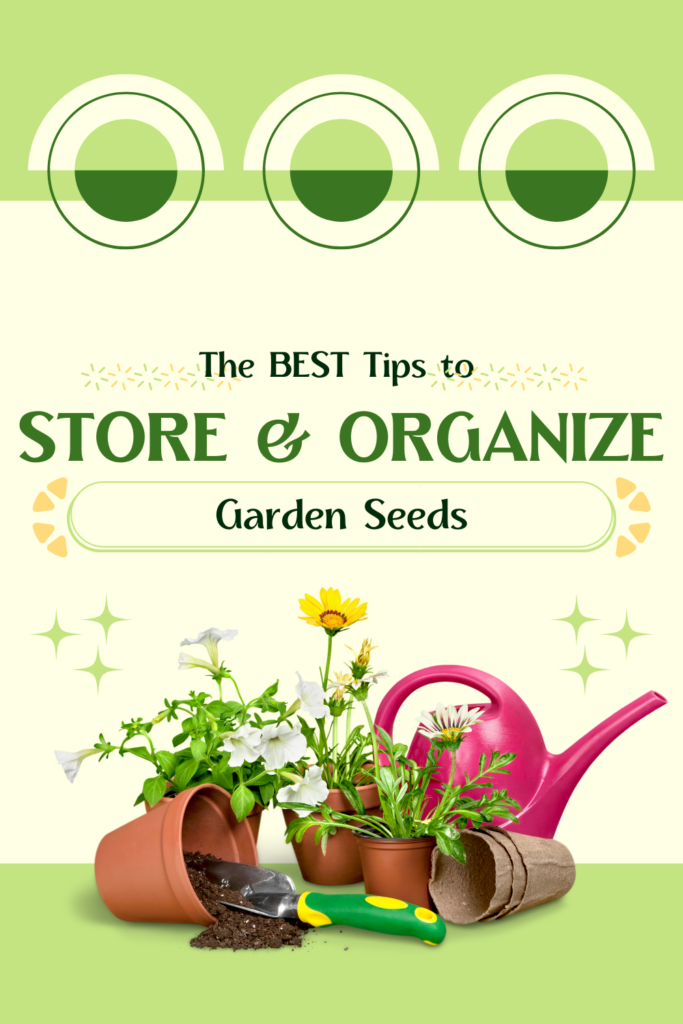There are many factors to consider when choosing the “best” fence for cattle on your farm. When planning to install new fence on your farm, take into account: durability, ease of installation, cost, versatility, and aesthetics. We will consider all of these factors when looking at the different types of fences for your farm. In general the best cattle fence will have a perimeter fence height of 4 feet. This height insures that the cattle remain safely inside your fence.

Ideas for choosing the best fence for cattle on your farm includes…
WIRE FENCING
There are many different types of fencing. Let’s take a look at the pro’s and con’s of the four most popular types of wire fencing. These four types include: woven wire fence, welded wire fence, barbed wire fence, and electric fence.
Woven Wire Fence
Woven wire fence is usually constructed from galvanized steel wire that is woven together both horizontally and vertically.

The Pro’s:
- Durability: If the fence is properly installed and galvanized, it should last 20 years.
- Versatility: Woven wire adds some flexibility to the fence. It can keep small animals as well as large animals inside the fence. It is also good for keeping predators on the outside of your fence.
- Aesthetics: This fence does look very nice when it is installed properly.
The Con’s:
- Durability: This is also a con. For instance, if a tree falls on it, you will need to replace the fence section. Also, wildlife such as deer moving through your property may damage it while trying to jump over it.
- Ease of installation: Woven wire fence takes the longest to install. It requires the most maintenance of the different wire fence types. It is not great for stony or hard ground since you will need to install larger posts at closer intervals. Once posts are set, you will need to thoroughly pack the soil around the posts.
- Cost: $$$ – When combining the cost of materials and labor, this is a more costly type of wire fence comparatively. Fence posts should have a minimum length of 6 feet and driven to a minimum depth of 24 inches. The maximum spacing of the wood post should be 16 feet. The height of most woven wire fencing ranges from 26 to 48 inches. For cattle, you will want to go with 48 inches.
Welded Wire Fence
Welded wire fence is welded together in a grid pattern. This rigid metal mesh panel is made of galvanized steel, high tensil wire. Cattle panel fence is a type of welded wired fence. Cattle panel fencing is a good choice for larger animals because it is made from a more heavy duty material.

The Pro’s:
- Durability: Thicker wires must be used to withstand the welding process. It is more rigid than woven wire fence, so, it makes it a good choice for a durable fence.
- Versatility: Depending on the size of the squares, it can keep smaller animals and is also a durable cattle fence. It works well for keeping predators on the outside of the fence.
- Aesthetics: This can be a nice looking fence depending on the materials you use to install it.
The Con’s:
- Durability: If it is well maintained, it can last 10 to 15 years. Which makes it less durable when comparing it to other types of fence. It is also susceptible to rust.
- Ease of installation: Installing welded wire fence is time intensive. The wooden posts need to be closer together. Install them with gravel in the bottom of the hole so the posts do not rot. You will need to add staples along the top and bottom rails as you stretch the wire.
- Cost: $$$ – The cost of a welded wire fence is the most expensive type of wire fence. One reason is because of how many wooden posts you will need. Place your wood posts on average 7 to 8 feet apart and bury them 2 feet in the ground. So, eight foot long posts are a good choice. It is also best to add a bottom and top rail for stability.
Barbed Wire Fence
Barbed wire fence is an iconic, common, proven fence of choice for livestock fencing that has stood the test of time. The wires contain sharp, metal points along it that are spread between metal t-posts. This is a great option because it does do a good job of keeping your livestock inside the fence.

The Pro’s:
- Ease of installation: It is easier, takes less time, and less laborious to install a barbed wire fence comparatively to the previously mentioned choices. It is also more light weight than the previous two types of fence and one person could install it alone.
- Cost: $$ – It is less expensive than woven or welded wire.
The Con’s:
- Durability: Barbed wire requires frequent maintenance. Especially in regards to a tree falling on it or breakage from a wild animal running through it. You can expect it to last on average 15+ years.
- Versatility: Barbed wire is a good choice for horse or cattle fencing. However, it will not keep in sheep, goats, pigs, or guardian dogs.
- Aesthetics: Barbed wire fence is not aesthetically pleasing as it is mostly utilitarian.
Electric Fences
In our opinion electric fence is the best type of fence. It fits our specific needs on our regenerative farm for many reasons. There are different electric fence types. You can use a single strand for a temporary fence or five or more strands for a perimeter fence. Some use metal posts or t-posts with insulators. Another type of electric fence, such as Timeless Fence, uses rigid PVC posts. You can use poly-braid wire or high-tensile galvanized wire.
We did our research when looking at different farm fencing options. We needed to replace our old barb wire fence that had wooden fence posts and t-posts. Timeless fence is what we decided was the best option to fit our needs. Timeless Fence fits our needs so well that we are now an authorized reseller for Timeless fence. This is not just a type of cattle fence. Electric fencing works for all sorts of livestock, including: pigs, lambs, goats, horses, livestock guardian dogs, as well as cattle. If you want a free sample kit, click here.

The Pro’s of Timeless Fence:
- Durability: Timeless Fence posts are made from rigid PVC which makes is almost impossible to break under normal use. It absorbs impact and bounces back. The posts will never rust or rot and it is weatherable because it is UV protected. So, the life expectancy is 40+ years!
- Ease of Installation: Timeless Fence posts pound like a steel post and are pre-drilled every three inches. The pre-drilled holes make it ideal for installing electric wire as there are no insulators needed. The post is the insulator! You can thread high-tensile wire and poly-brade directly through the post for an extremely strong, virtually maintenance-free fence. This greatly reduces installation time! Farmers and ranchers across the USA and around the world can use their extra time doing productive tasks, not fence repair!
- Cost: $ – Timeless Fence systems are eco-friendly and a cost-effective alternative to traditional steel t-posts and wood fence posts. When we did the math a Timeless Fence system was the most cost effective for our purposes. Increasing post spacing on flat ground can really help to reduce cost. See this publication that compares the different types of fence systems.
- Versatility: Timeless Fence has various purposes. They come in different heights with holes drilled every three inches. This makes it the best fencing as far as versatility. Whether you plan to contain one type of farm animal or multi-species of farm animals. You can use it for perimeter fencing with more wires at different heights or interior fencing with less wires. You can successfully use it for many different livestock, such as: pigs, lambs, goats, horses, cattle, and many others. It has even kept our livestock guardian dogs contained with the sheep! Using electric fence is also superior at keeping out unwanted predators such as coyotes, random dogs and even bears!
- Aesthetics: Timeless fence posts have a satin-like appearance that maintains its new look for many years. It happens to look beautiful along our property. We love driving down the road seeing all the white posts along the farm, it looks so idyllic. If white is not for you, you can choose a warm-brown color.
The Con’s of Timeless Fence:
- Durability: If you live in an area with prescribed burns, such as Kansas, you will want to manage excessive vegetation around the posts. Fire will weaken and darken the posts. You can get around this by mowing or intensively grazing the pasture borders late in the grazing season.
- Versatility: There is the unpleasant possibility of the farmer or rancher having a “shocking” experience.
WOOD FENCING
Wooden farm fence is a common choice when you are weighing heavily on the factor of aesthetics. Let’s take a look at split rail wood fence.

Split Rail Wood Fence
The Pro’s:
- Aesthetics: A split rail wood fence adds rustic charm to your farm and creates a welcoming atmosphere. It is the right fence type if aesthetics is your top priority.
The Con’s:
- Durability: If you want your fence to be more durable you should consider the type and quality of wood used. Ideally use a hardwood such as oak or cedar. Hardwood will be more resistant to rotting when compared to softer woods like pine. Additionally, you should plan to paint or stain the wood every few years to help keep the wood from weathering. The lifespan of your fence will decrease if you don’t take this extra step. If you live in an area with high humidity or frequent rain, your fence is more prone to moisture damage and decay. Wood fences can last anywhere from 10 to 20 years.
- Ease of installation: A split rail wood fence will take more time to install when comparitively. Set the posts deep enough into the ground and add concrete footings. This aids in stability and will help prevent water accumulation around the base of your fence.
- Cost: $$$$ – Since farm fences usually cover long distances, using a good durable wood will not be feasible for many people. You should also consider maintenance as an additional cost. Re-staining or painting the fence every couple of years will cost more compared to wire fence. Also it will also cost you precious time.
- Versatility: When taking versatility into consideration, you will mostly likely only be able to keep in larger farm animals. But this depends on how far apart you place your boards.
This idea guide should give you a good start in determining the best fence for cattle (or other livestock) on your farm. When choosing the right type of fence for your farm, there are many factors to keep in mind. Consider factors such as: durability, ease of installation, cost, versatility, and aesthetics. How you weigh these each of these options, as far as what is most important you, will vary from farm to farm. Also keep in mind the type and size of your livestock. Factor in the number of different livestock animals you care for. Are you caring for one species or multi-species of livestock? Finally, consider all the “extras” you may need to purchase in order to install and maintain each type of fence.
Deuteronomy 28:4 Blessed shall be… the fruit of your ground and the fruit of your cattle, the increase of your herds and the young of your flock.












